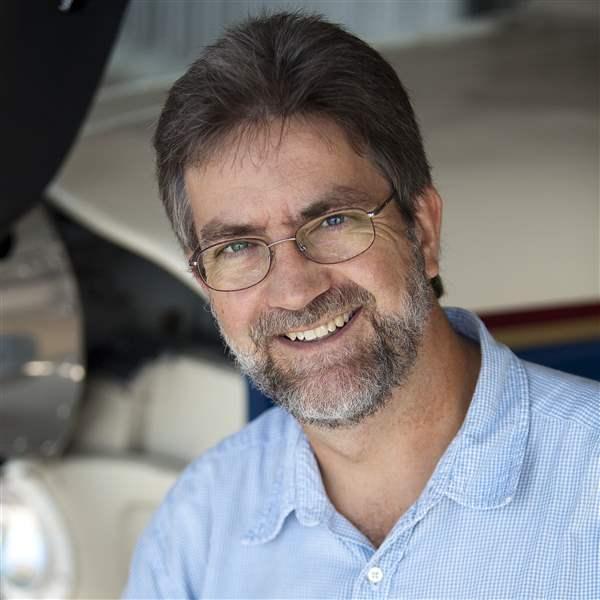Aviation resonates with young people
Patrick McFadden, owner of Frederick Flight Center--the local flight school whose aircraft I don't rent often enough, he's quick to remind me--extended the invitation. McFadden is a perennial student pilot; he was well into training for a private pilot certificate when he bought the flight school in 2002.
He helped to start the Future Aviators of America club after meeting Bonnie Walters, a teacher at the school, when he volunteered to help conduct mock interviews for graduating seniors, a program that helps to prepare them for life after high school. Walters, who also coordinates student internships, was finding aviation-related internships hard to arrange after the September 11, 2001, terrorist attacks--so she asked McFadden about internship opportunities at his flight school.
Walters ended up completing an internship at the flight center herself. "During the week we talked about starting this club," she recalled. Launched in the fall of 2004, the club is in its second year--and it's growing. There were six members the first year and 10 so far this year.
"It takes time for a club to build its membership, but I don't want a huge club." She doesn't want members who look at the club as an excuse to get out of class, because it's much more than that. Field trips are frequent--one is being planned for the National Air and Space Museum's Udvar-Hazy Center at Washington Dulles International Airport--and at the end of the year, a pilot who belongs to the local Experimental Aircraft Association chapter takes each member on a short flight. It's the only school in the county with an aviation club.
McFadden had asked me to give a presentation on careers. It didn't take long to put together a 20-minute presentation, using information from some of Wayne Phillips' recent "Careers" columns and professional pilot hiring data from aviation career counseling firm Air, Inc. "I really enjoy anything I can do to give back," McFadden said, summing up his enthusiasm for the club. "These young people are the future, both in and out of aviation, and it's exciting to help them see some of the opportunities that are available."
His interest in helping to introduce young people to aviation should be an example to all of us.
If you've ever wanted to help introduce aviation to young people at schools in your area, or encourage secondary-school teachers to include aviation subjects in some of their lesson plans, AOPA has just the resource to help you: the Pilots and Teachers Handbook. This new booklet will help you to arrange a successful classroom visit or field trip to your airport; classroom modules for teachers include student worksheets. You can download the comprehensive publication--or order printed copies--through AOPA Online.
Of course, some young people don't wait for an introduction to flying. The weather gave Kirk Fox the best birthday present of all on Wednesday, February 8, when mostly clear skies and light winds allowed him to solo--twice--on his sixteenth birthday (see "All in the Family," November 2005 AOPA Flight Training).
Three full-stop landings in his family's 1941 Piper J-3 Cub were punctuated by the arrival of a business jet while Fox was downwind for his third landing.
Then Fox repeated the process in his flight instructor's Cessna 172. The second solo was a bit draftier, however, as CFI J.J. Greenway had pulled up the back of Fox's jacket to perform the ritual cutting of his shirttails. Fox didn't seem to mind. More than a dozen family members and local pilots, including friends visiting from Texas, witnessed his solos. A hearty round of congratulations and hugs separated the flights.
The birthday boy's timing was excellent; two hours later, clouds had moved in and the winds were increasing. Don't let spring's winds take you by surprise. This issue has two excellent articles on winds--make sure you read "Sock It To Me!" (p. 22) and "Crosswind Tutorial" (p. 28).
E-mail Mike Collins, editor of AOPA Flight Training.



